A practical online safety PSHE toolkit with films and lesson plans to explore online issues with young people aged 11-14.
Useful Resources for Adults who work with Young People
Age-verification was approved as part of the Digital Economy Bill in a bid to stop under 18s accessing inappropriate content and Government has designated the British Board of Film Classification as the age verification regulator.
The Online Harms White Paper sets out the government’s plans for a world-leading package of online safety measures that also supports innovation and a thriving digital economy. This package comprises legislative and non-legislative measures and will make companies more responsible for their users’ safety online, especially children and other vulnerable groups.
A practical campaign toolkit to address the issue of online sexual harassment amongst young people aged 13 – 17 years.
Jessie & Friends is a three-episode animated series from CEOP's Thinkuknow education team which aims to equip 4-7 year olds with the knowledge, skills and confidence they need to help them stay safe from sexual abuse and other risks they may encounter online.
Ceop trained adults can log in to the site to access teaching materials and planning.
Swiggle.org.uk is built on Google SafeSearch technology and has a number of active features that encourage children to respond to and report inappropriate online content they find, rather than “Whoops! Let’s move on!” Children are encouraged to report content they think should not be accessible from your school network.
(Note; this is a safer search experience and not 100% safe. Children should be supervised, supported and encouraged to use the report tool when appropriate)
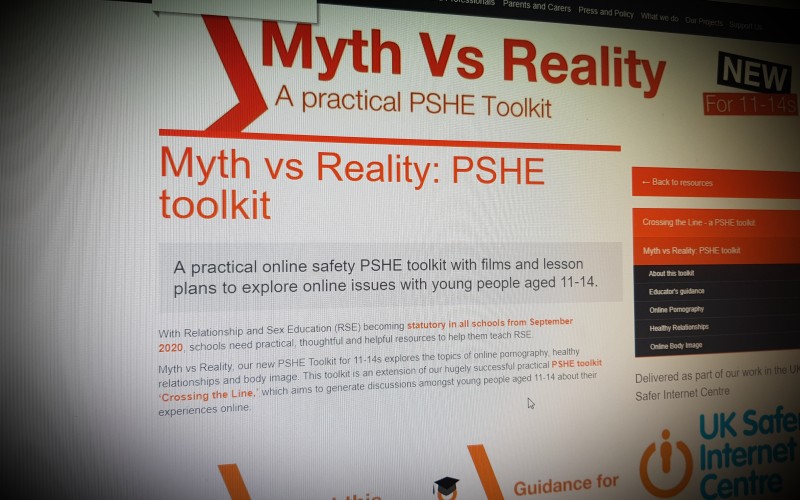
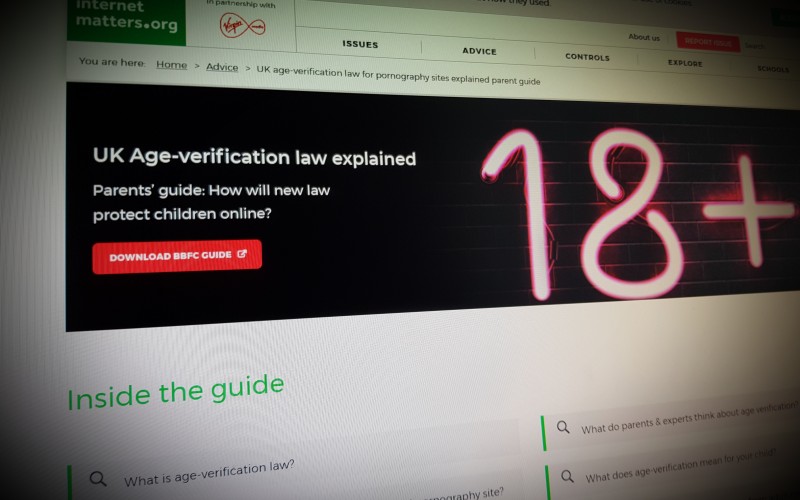
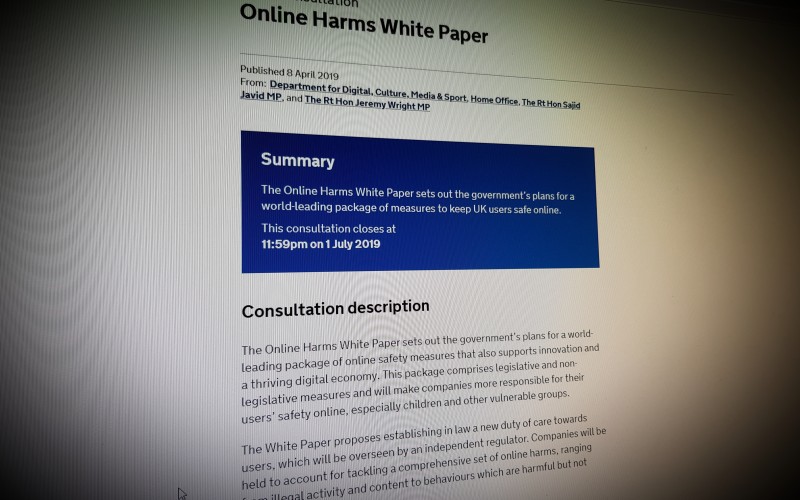
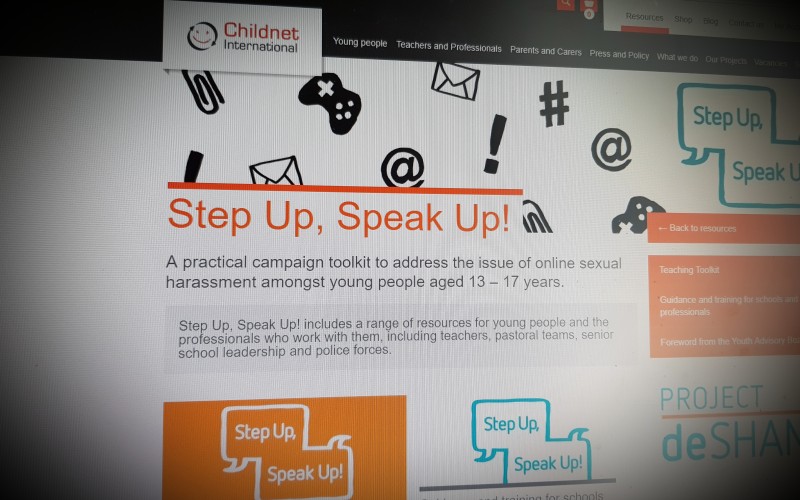
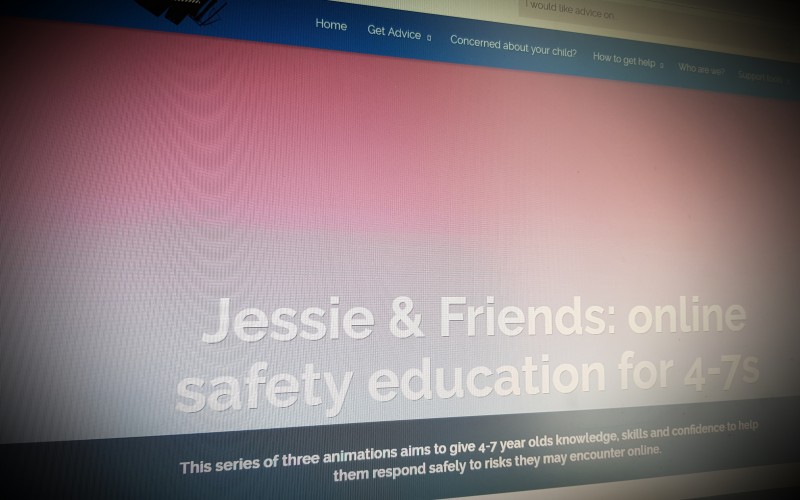
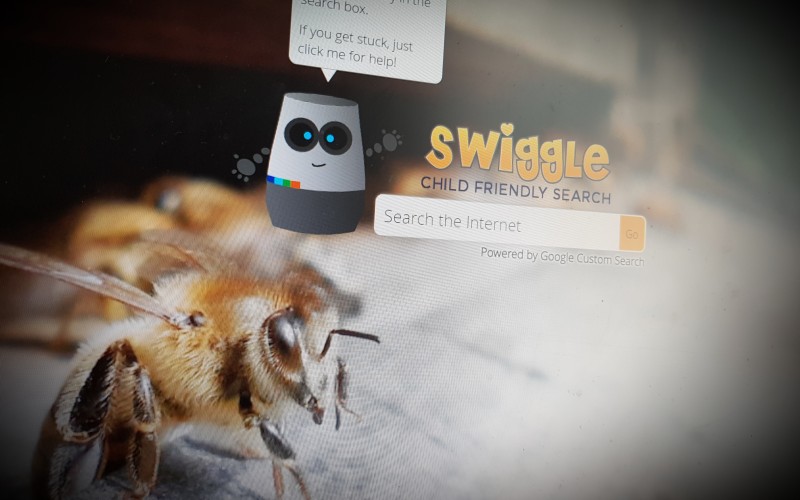
Comments
make a comment